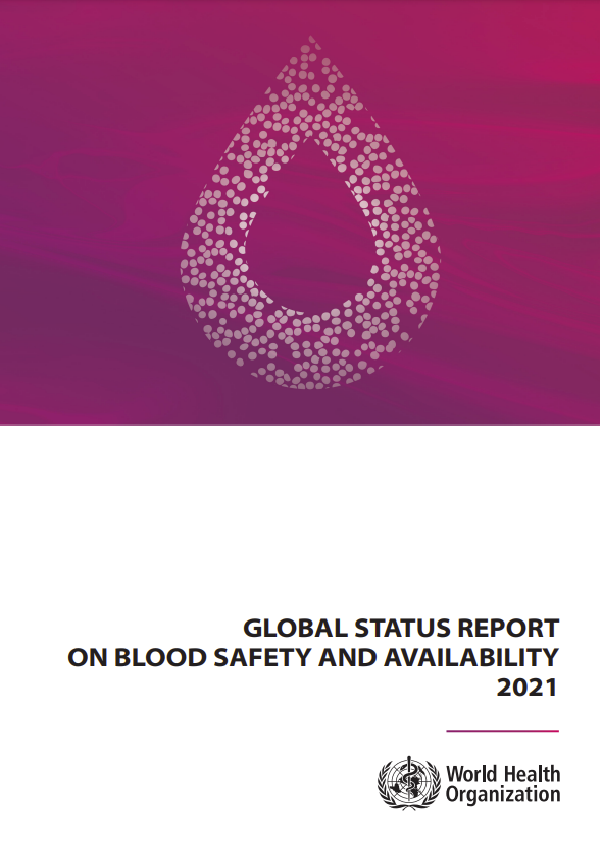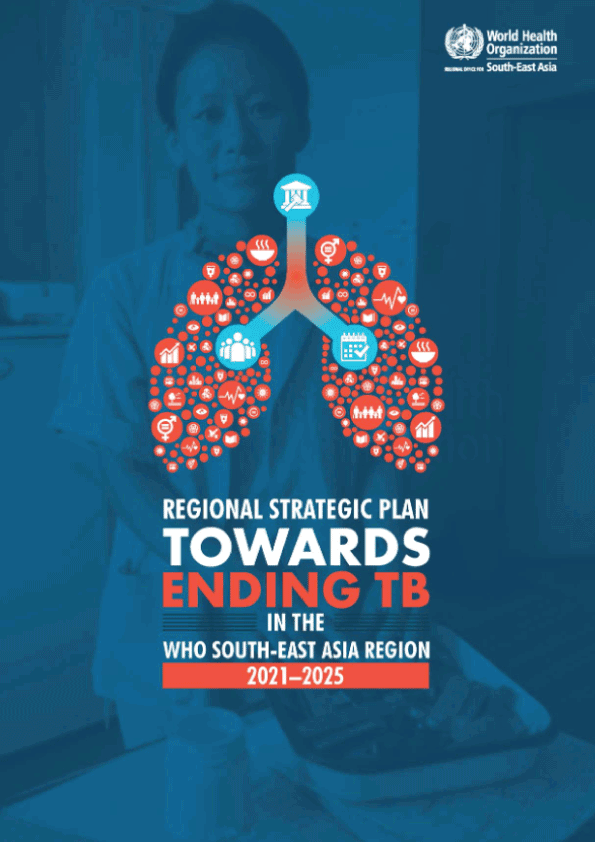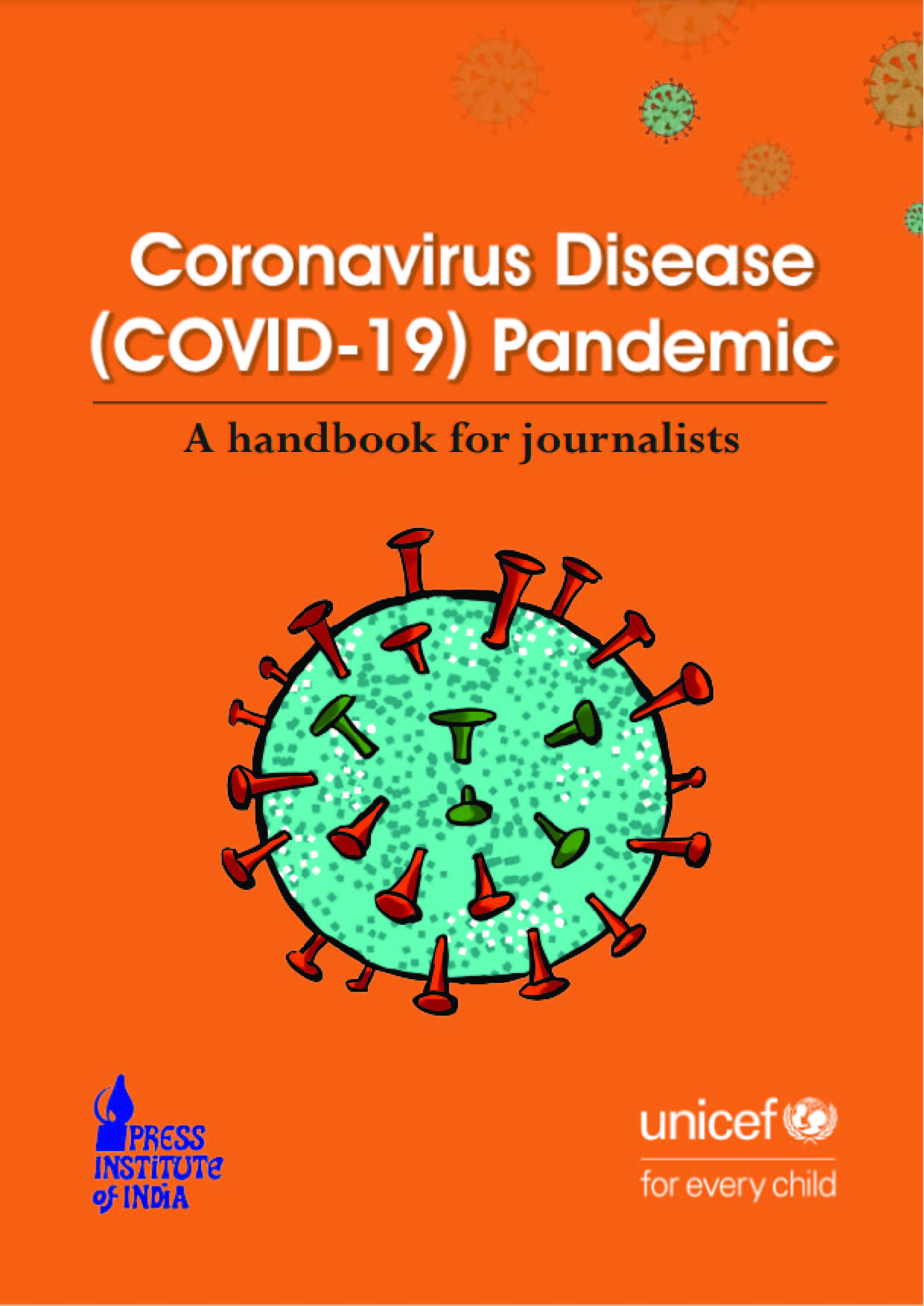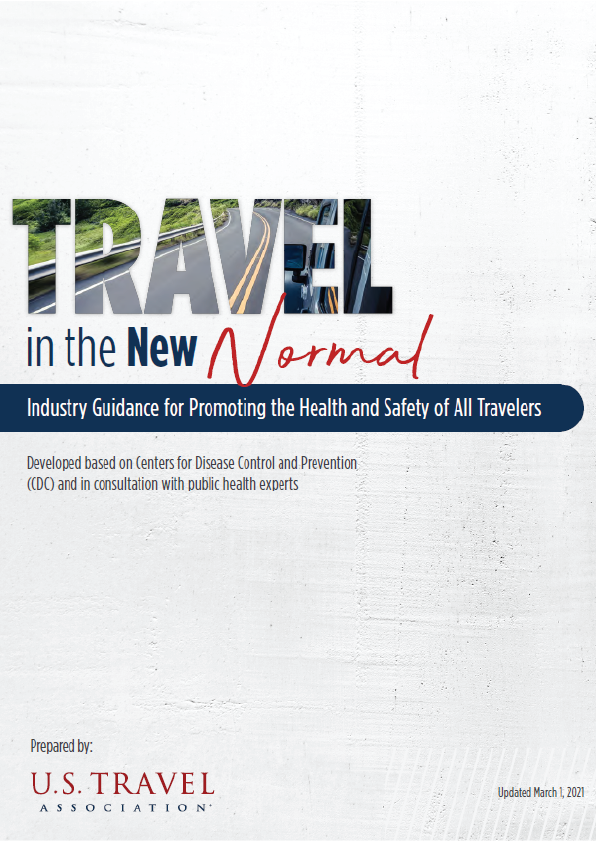The “Global status report on blood safety and availability 2021” is based on data, up to the year 2018, from the Global Database on Blood Safety (GDBS). It provides an update on the status of blood collection, testing, processing, and clinical transfusion around the world. The report provides the status and progress of countries in developing nationally-coordinated and well-managed national blood transfusion services. It reports on global and regional trends in blood collection and transfusion during the period 2008−2018 and provides an update on the status of WHO Member States in making quality-assured plasma available for fractionation of plasma-derived medicinal products (PDMPs) to meet the treatment needs of patients.
The Global Database on Blood Safety (GDBS) aims to provide an overview of how countries and blood transfusion services are meeting expectations of blood supply, safety and use. A safe, equitable, sustainable and secure supply of blood for transfusion remains a key need for all countries. Transfusion of blood, when available, is lifesaving supportive care, for example in patients presenting with major bleeding due to trauma or postpartum, children suffering from severe anaemia due to malaria and malnutrition, people with inherited disorders of haemoglobin, or people with bone marrow failure. However, blood for transfusion is also a potentially scarce resource with significant risks as a biological material, including transfusion-transmitted infections.
The GDBS data provide a framework for exploring the balance between needs, availability, risks and use of blood for transfusion. It addresses some of the challenges of variable global access to a safe and secure supply of blood. Alongside data on blood collection, this report also presents information on the processes for establishing governance and appropriate organization for national blood supply and transfusion systems; haemovigilance to monitor risks to donors and patients; and appropriate managerial mechanisms, such as hospital transfusion committees, in hospitals.
As before, the GDBS requests and analyses data from ministries of health of World Health Organization (WHO) the Member States. The terminologies used in the survey questionnaire were given standardized definitions to promote consistent reporting. Where possible, efforts were made to validate the data reported to WHO with WHO regional and country offices. Countries were contacted for clarification or correction when discrepancies or unusual patterns were observed. Efforts were also made to validate GDBS data by comparing them with data available from other published sources. However, not all the data provided by all countries could be systematically verified. In particular, answers to the questions on the existence of policies, programmes or mechanisms could be affected by individual interpretation of the questions asked.
The findings allow countries to understand how their own responses and targets apply alongside other countries. Core findings in the report inform the implementing of those measures of blood safety, availability and accessibility that should be within the remit of governments and ministries of health. The results should support changes required to achieve safe blood supply through various levers, such as regulation, oversight, citizen and community engagement, and adequate funding. The report also provides an opportunity for WHO and other organizations to suggest appropriate guidance.











